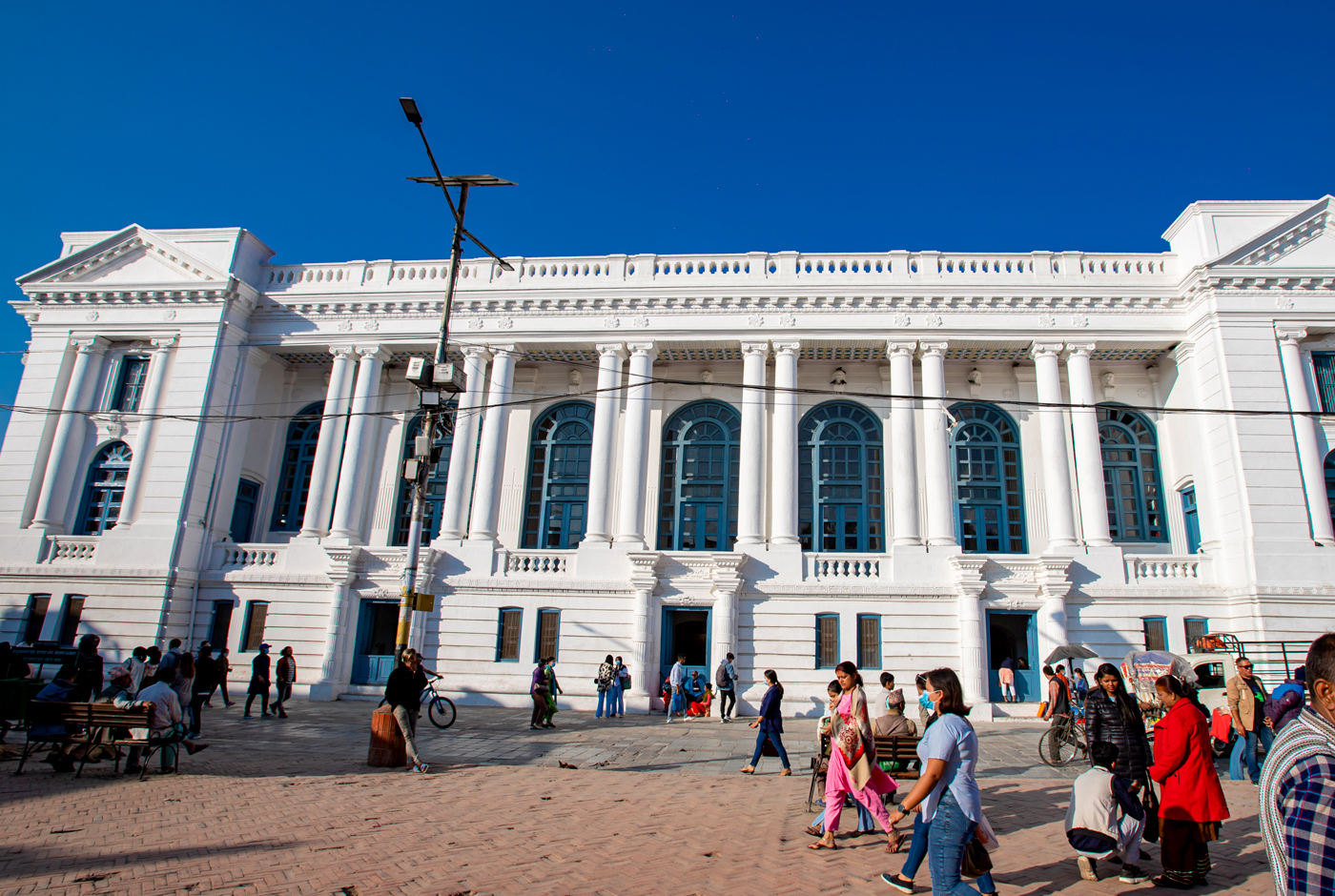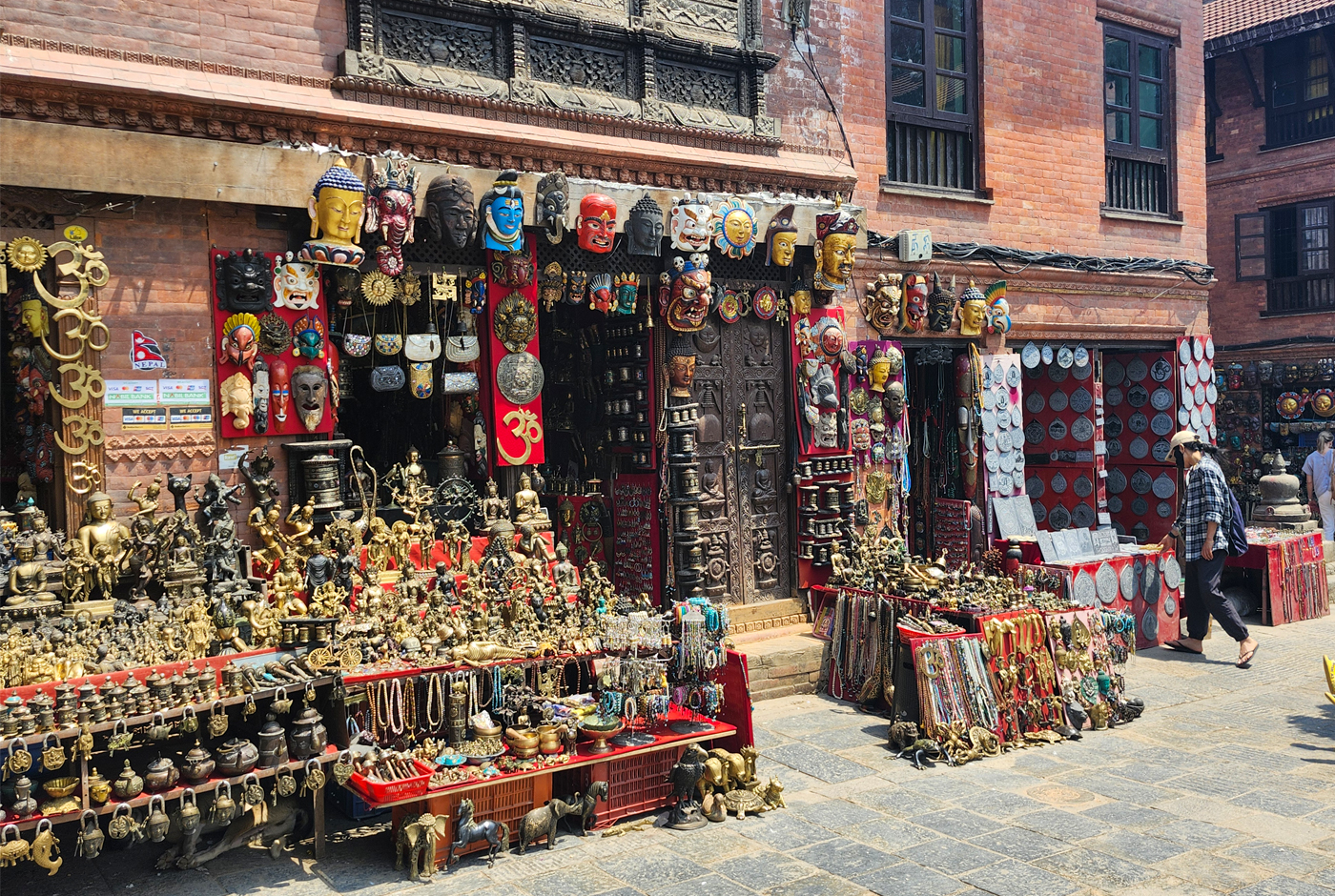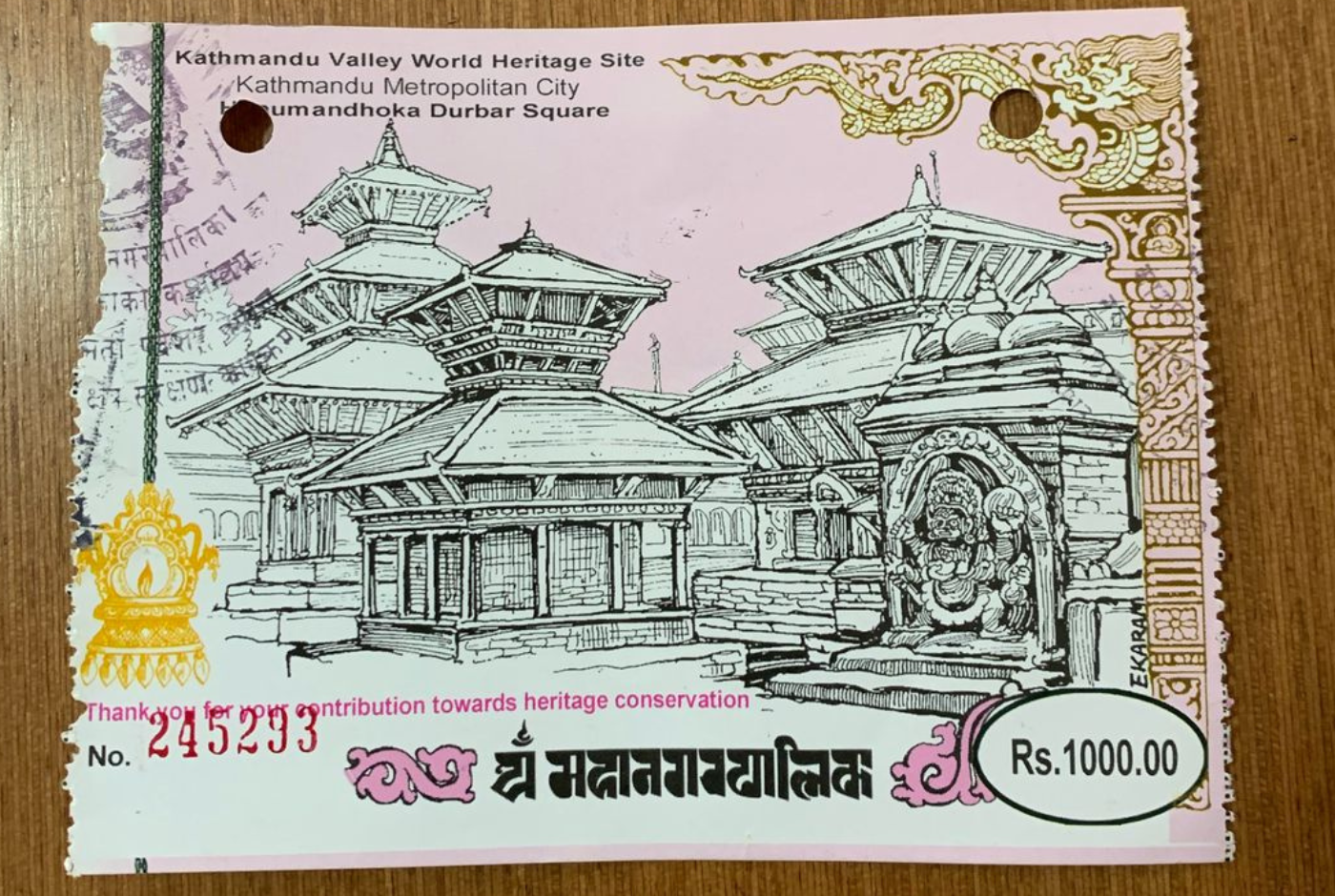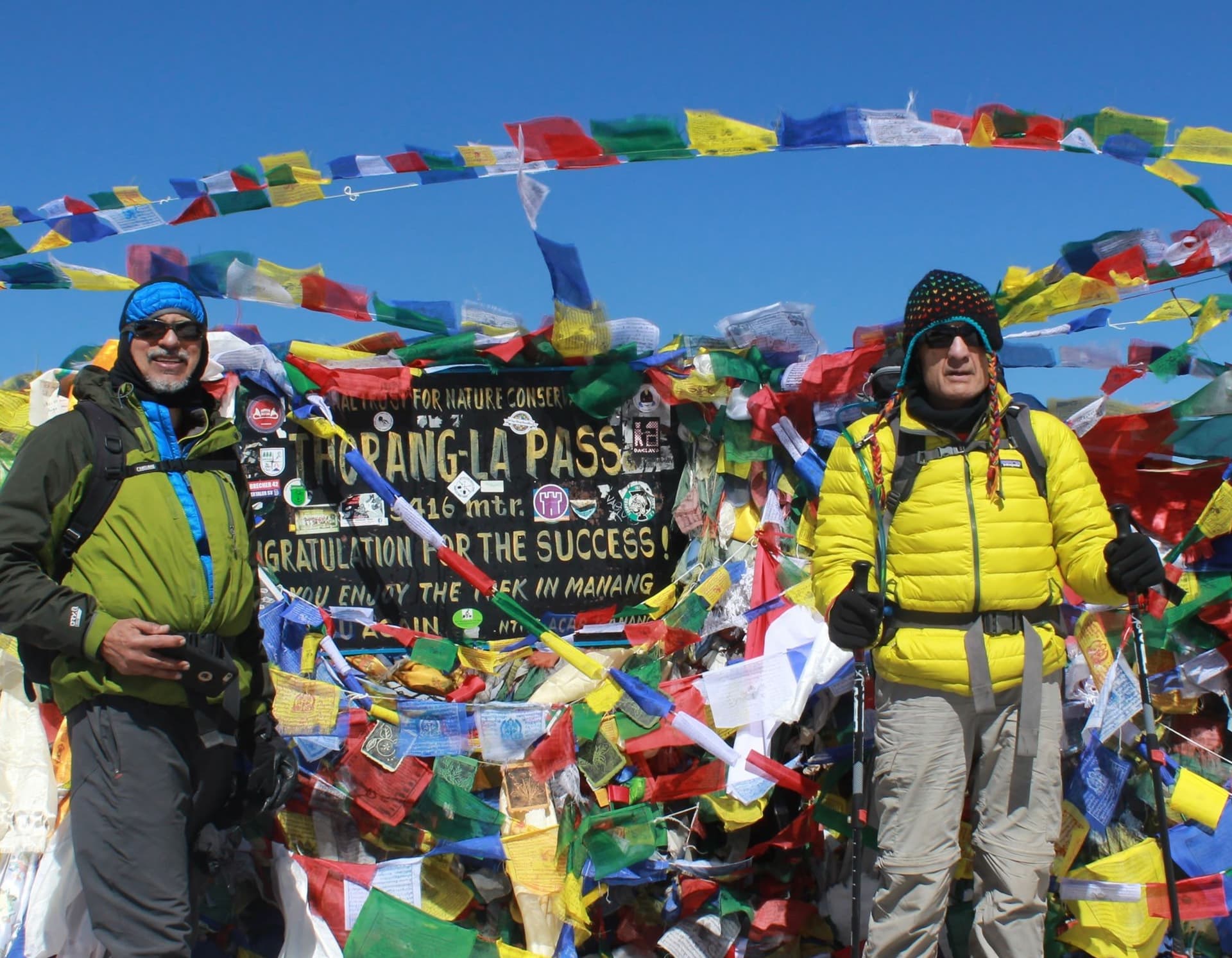Kathmandu Durbar Square is a humble abode for domestic and international travelers to appreciate Nepal's architectural and cultural foundation. The landmark is a UNESCO world heritage site that acknowledges Nepal's long history and aesthetic characteristics. Locally the durbar square is addressed as Hanuman Dhoka or Basantapur. The palace is a masterpiece of medieval period architecture. In Nepali, Kathmandu Durbar Square is written as: काठमाडौं दरबार क्षेत्र | Additionally, if referring specifically to the Hanuman Dhoka Palace within Durbar Square, it is written as: हनुमानढोका दरबार.
Durbar square was built with the hard work and talent of the local craftsmen and builders using then local technology and local materials. Moreover, the unique layout, composition, and decoration of the Kathmandu Durbar Square represent its architectural aesthetics and philosophy, have a particular character, and radiate attractive artistic charm.
Everything regarding the Durbar Square describes the religious architecture, realizing the religious doctrine of harmony. It is a beautiful creation of medieval Nepal. Therefore, it is one of the best attractions of the city. Henceforth, we shed light on the seven best highlights of Kathmandu Durbar Square in this blog for interested travelers.
Read through the blog and see what to look forward to on their visit to the cultural site.

Why is kathmandu Durbar Square Famous for? Places to Visit.
Hanuman Dhoka Durbar
Hanuman Dhoka Durbar is a complex of royal palaces, quadrangles, towers, temples, monuments, and other sites of the Malla and the Shah Dynasty rulers of Kathmandu, Nepal. Dhokha means door, and Durbar translates as the palace. The palace is the center of Kathmandu valley's cultural and historical core. Hanumandhoka Durbar gets its name from the stone image of "Hanuman" (a Hindu deity), whom the Malla and the Shah rulers believed protected them from their evils and enemies.
Giant statues of hanuman are located near the palace's main entrance gate. Pratap Malla, in 1672, installed the figure of the deity at the entrance of the Durbar. Now, the palace is a museum under the attention of the government of Nepal. Inside the palace, visitors can observe the Malla and Shah Dynasty's long history and visit numerous chowks (courtyards) surrounding the palace. Some of the notable chowks inside the palace are Mohan Chowk, Nasal Chowk, Sundar Chowk, and Mul Chowk. These chowks boast medieval art's finest works utilizing all media ranging from metal, stone, and wood to paintings alike.
Kasthamandap
Kasthamandap is a three-storied public shelter that included a shrine consecrated to Gorakshanath situated a few minutes away from the main royal palace. Over the years, Kasthamandap underwent various upgrades, transformations, and renovations. Kasthamandap is also the most prominent structure ever constructed in the typical triple-tiered roofing style. Although it housed several shrines, Kasthamandap was primarily devoted to multiple secular functions: rest-house, council hall, social center, the marketplace, and more.
Taleji Temple
Taleju Temple is considered the most prominent temple of the Hanumandhoka Palace premises in architectural and cultural significance. No other buildings in the valley, including the palace monuments, were allowed to be built more significantly than the temple justifies the importance of the goddess for the Malla monarchs. It has managed to create a majestic grandeur around it, especially with its rich architecture. The Taleju Bhawani temple is an annex to the Kathmandu Hanumandhoka Durbar complex. It stands on a base-mound in a vast courtyard.
Kumari Ghar
The Kumari Ghar is a three-story brick architecture overlooking the south side of Durbar Square, richly adorned with gods and figures' wood-carved engravings. Kumari Ghar houses the living goddess of Kathmandu. Built in 1757, the temple is known for its magnificent carvings as well as its divine inhabitant. The courtyard of the Kumari Ghar is accessible to tourists. The entrance and the whole building, the pillars, and the windows are decorated with more captivating illustrations. Photos are permitted in the yard, but it is strictly forbidden to photograph the Kumari.
Trailokya Mohan
Trailokya Mohan temple was built in 1680 in the dedication of the Hindu deity Vishnu/Narayan. The temple is a few distances away from the Kumari Ghar. It is built on a red platform, and it is a three-storied temple. In front of the temple, a giant statue of Garuda is situated. Temple adorns the carved roof struts and window screens with decoratively carved medallions.
Basantapur Tower
Located on the south side of the Nassal Chowk, the Basantapur tower is built on a rectangular plan. It has nine stories, and hence locally, it is called natural (9 floors) Durbar. The building consists of a four-tiered roof and a copper pinnacle at the top. This thirty-meter-high tower was built to create a pleasant pavilion and was named Basantapur Tower. One of the tallest buildings, a panoramic view of the city, is visible from the tower's small wooden.
Courtyards and Quadrangles
Insides the palace, there are several quadrangles and courtyards. Some notable squares are Nasal Chowk, Sundar Chowk, Lahan Chowk, Mul Chowk, and others. These courtyards boast medieval art's finest works that utilize all media ranging from metal, stone, and wood to paintings.

Kathmandu Durbar Square Location and Distance? How do I get there?
Kathmandu Durbar Square is located in the central part of the city. It is one of the most significant historical and cultural sites in Nepal, known for its ancient palaces, temples, and courtyards. The square is easily accessible by various means of transportation. If you are in Thamel, the easiest way to reach Durbar Square is by walking, which takes around 10–15 minutes. You can navigate through Tahiti to Ason, then head towards Indra Chowk, and finally reach Basantapur Durbar Square. This route offers a chance to explore the vibrant local markets and traditional Newari architecture along the way.
If you prefer a quicker option, you can take a taxi from Thamel, which takes about 5–10 minutes and costs approximately NPR 150–300, depending on traffic. Alternatively, using ride-sharing apps like Pathao or InDriver is convenient for a hassle-free ride. For budget travelers, local buses or microbuses are available from Balaju or Sorhakhutte to Sundhara (RNAC area). From there, it's just a 4–5 minute walk to Durbar Square. You can also search Kathmandu Durbar Square on Google Maps to get real-time directions
What is the entrance fee to enter Kathmandu Durbar Square?

The entrance fee to enter Kathmandu Durbar Square is Rs. 1000 per head for international visitors. And it cost Rs. 150 per ticket head for visitors to enter the museum of Kathmandu Durbar from SAARC countries.
Most of the monument of the cultural site was destroyed in the massive earthquake of 2015. The government is gradually working on rebuilding the heritage sites. Now besides a few monuments and temples, most of the rebuilding work has been completed. Therefore, travelers can still relish the ancient artworks performed on these heritage sites.



